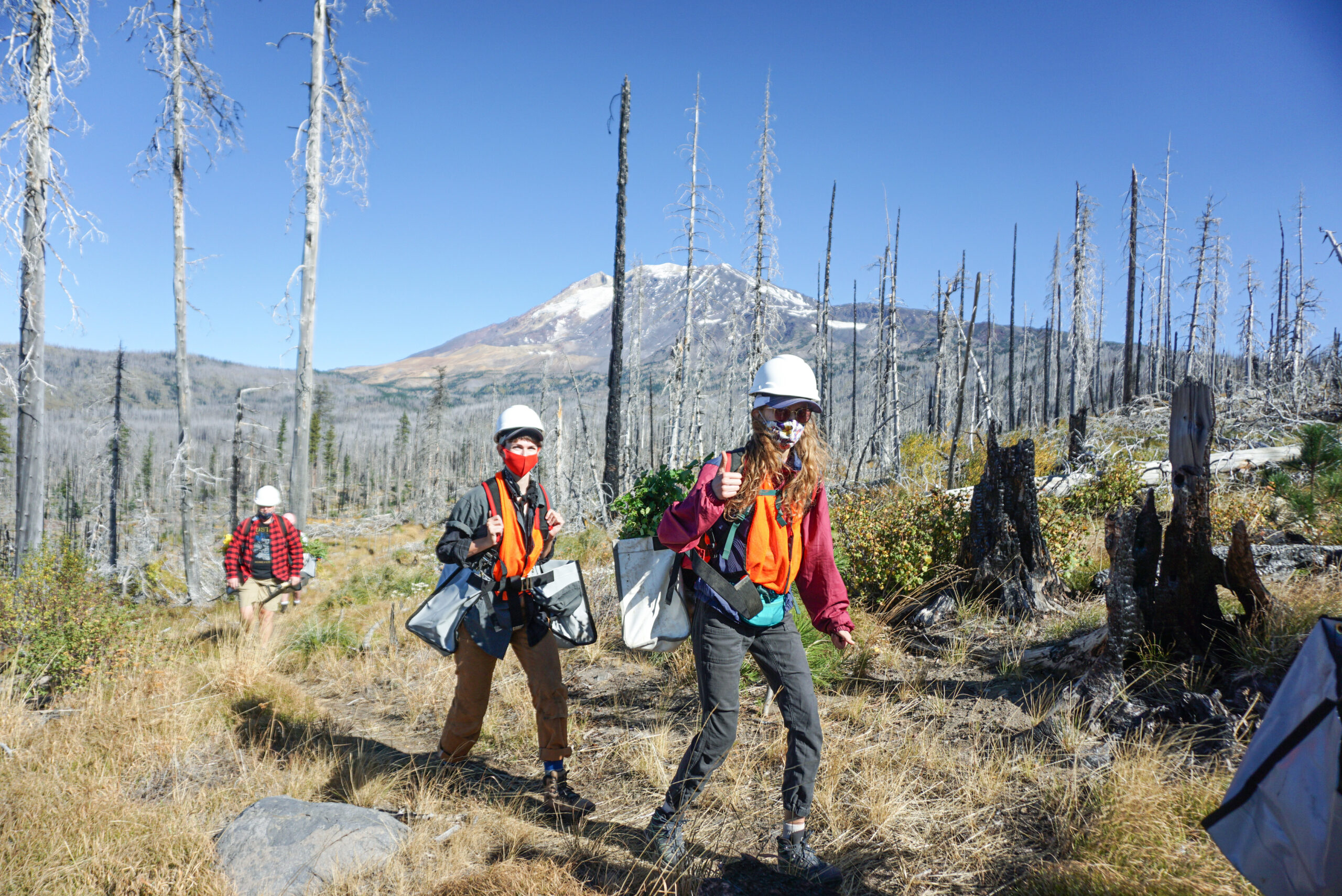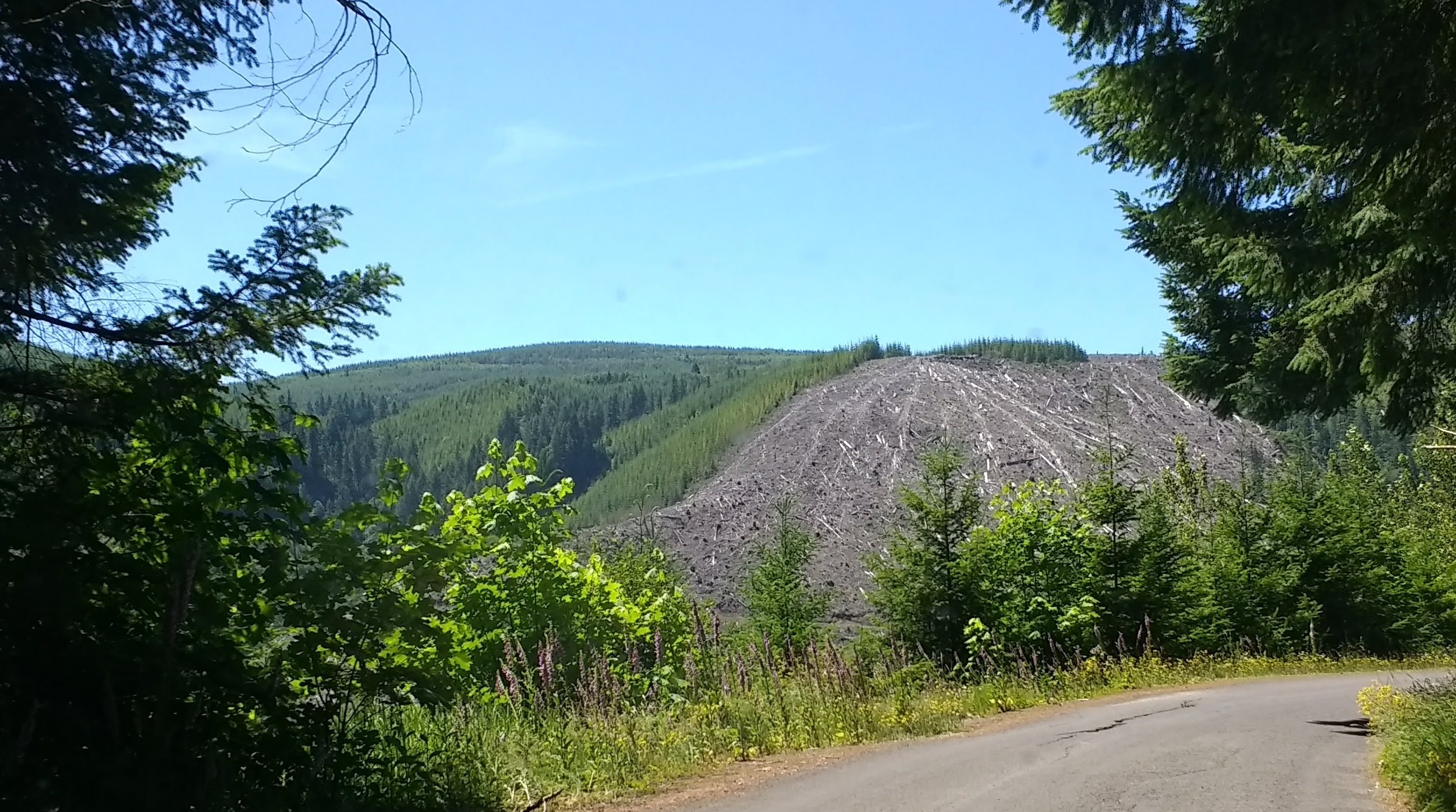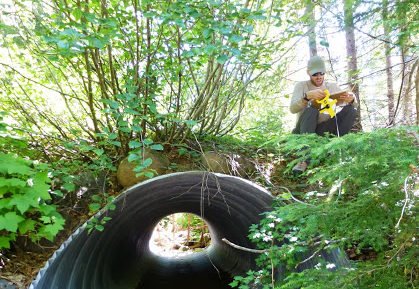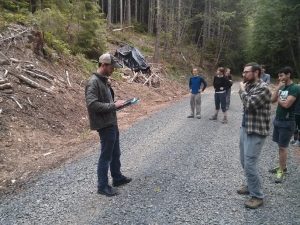[vc_row row_type=”row” use_row_as_full_screen_section=”no” type=”grid” angled_section=”no” text_align=”left” background_image_as_pattern=”without_pattern” css_animation=””][vc_column][vc_empty_space height=”35px”][/vc_column][/vc_row][vc_row row_type=”row” use_row_as_full_screen_section=”no” type=”grid” angled_section=”no” text_align=”left” background_image_as_pattern=”without_pattern” css_animation=””][vc_column][vc_empty_space height=”30px”][vc_column_text]
NWF Passes Resolution Against Mount St. Helens Mine
The National Wildlife Federation, a nonprofit conservation organization with over six million members and 51 affiliated organizations, passed a resolution against the proposed Mount St. Helens mine at their 82nd annual meeting in Virginia, June 6-9, 2018. This resolution speaks to the critical importance of the Green River valley to fish, wildlife, and communities, and asks our elected officials to withdraw this area from mining and protect it for the enjoyment of future generations. We thank Conservation Northwest and the Association of Northwest Steelheaders, NWF’s Washington and Oregon affiliates, respectively, for their support making this resolution possible. Resolution text is below and at NWF’s website:
National Wildlife Federation June 9, 2018 Resolutions
Resolution 2018-08
WHEREAS, the Methow River headwaters and Green River Valley in the Cascade Mountains of Washington State, both of which drain into the Columbia River, are ecologically rich and are at risk of large industrial open-pit copper and gold mining, and attendant development, because both of the regions are subject to mineral entry under the General Mining Act of 1872 and the Green River Valley is subject to mineral leasing under the Mineral Leasing Act for Acquired Lands of 1947; and
WHEREAS, the risk to these watersheds can only be eliminated by withdrawing both areas from mineral entry under the General Mining Act of 1872, and by withdrawing the Green River Valley from the Mineral Leasing Act for Acquired Lands of 1947, and there is significant public support for these withdrawals; and
WHEREAS, the Methow Headwaters is a region in Washington’s North Cascades with immense conservation value, designated as one of fourteen Treasured Landscapes by the National Forest Foundation, containing a major migration corridor for the state’s largest mule deer population, habitat for seven federally protected fish and wildlife species, Critical Habitat for five species, and the highest population density of lynx in the western U.S.; and
WHEREAS, the Green River Valley of Washington’s South Cascades lies in one of the most unique ecosystems in the world, containing old growth forests that escaped the Mount St. Helens eruption of 1980 and other areas recovering from the blast, providing habitat at various levels of succession for diverse species and one of the state’s largest elk herds; and
WHEREAS, the cold, clean headwaters of the Methow River are designated Class AA (extraordinary) in the state and are vital to salmon recovery efforts in the upper Columbia basin; and
WHEREAS, the headwaters of the Green River are pristine and the area is a proposed Wild and Scenic River and a Washington state designated Wild Stock Gene Bank for the long term conservation of wild steelhead; and
WHEREAS, the Methow Headwaters is a region with unique and nationally significant trails and recreational resources, bringing more than one million visitors and $150 million annually via the North Cascades Highway into the county economy, 70% of which is tied to tourism; and
WHEREAS, the Green River flows through the treasured Mount St. Helens National Volcanic Monument, with over 500,000 visitors per year, and provides a source of clean drinking water for downstream communities and municipalities; and
WHEREAS, the Methow Headwaters landscape is world-renowned for hunting, fishing, hiking, camping, Nordic skiing, mountain biking, climbing, wildlife watching, and horseback riding, and offers two national scenic trails – the Pacific Crest Trail and the Pacific Northwest Trail; and
WHEREAS, the Green River Valley is a backcountry recreational paradise, containing the Green River Horse Camp, which is a launching point for many camping, hiking, hunting, and fishing expeditions along the 22-mile Goat Mountain and Green River loop trails, which travel past diverse habitats and scenic vistas; and
WHEREAS, the Methow Headwaters has had significant public and private investments in protecting this landscape for conservation, recreation, and restoration actions including nearly $100 million for salmon recovery, $125 million for conservation and recreation efforts through the state’s Recreation and Conservation Office, and more than $30 million in private investments for conservation and restoration projects with the local Methow Conservancy; and
WHEREAS, United States Senators Patty Murray and Maria Cantwell from Washington State have introduced S5666, Methow Headwaters Protection Act, to prevent through a process known as mineral withdrawal industrial mining in the Methow Headwaters in the U.S. Senate where it awaits action, and similar legislation for the Green River Valley is being considered for introduction; and
WHEREAS, protecting the Methow Headwaters from industrial mining threats has the support of over 140 local businesses representing outdoor recreation, agriculture, education, hospitality, real estate, health and construction along with bipartisan support from county commissioners, state and local legislators, tribal nations, including the Confederated Tribes of the Colville Reservation and the Confederated Tribes and Bands of the Yakama Nation, the Winthrop Chamber of Commerce, the Twisp Town Council, more than 40 nonprofit and conservation organizations from the local to national level, representing overwhelming citizen support; and
WHEREAS, protecting the Green River Valley from industrial mining threats has the support of downstream communities and 30 recreation and conservation groups in the region, as well as tens of thousands of local concerned citizens who have sent in comments opposed to exploratory mining proposals in this valley over the past decade; and
WHEREAS, the Methow Headwaters and the proposed drilling site on Flagg Mountain have been used for millennia and are still in use by the native Methow people for hunting, fishing, food gathering, ritual, spiritual and cultural activities that would be degraded by large scale mining; and
WHEREAS, the Green River Valley and the proposed drilling site near Goat Mountain have been used for millennia and are still in use by the native Cowlitz Tribe for hunting, fishing, food gathering, ritual, spiritual and cultural activities that would be degraded by large scale mining; and
WHEREAS, industrial-scale mining operations require infrastructure and activity such as construction or use of mining and haul roads for heavy machinery traffic, mineral processing plants, toxic tailings piles and settling ponds, power plants and transmission lines, and heavy equipment fueling facilities; and
WHEREAS, some of the lands in the Green River Valley were purchased with funds under the Land and Water Conservation Fund Act of 1965 (LWCF) for recreation and conservation, and mining activities are inconsistent with these purposes, threatening the integrity of other conservation lands protected under LWCF across the country; and
WHEREAS, mineral withdrawal would preserve existing mining rights and land uses, while precluding large-scale industrial or open-pit mining; and
WHEREAS, the National Wildlife Federation has a strong interest in protecting cherished landscapes and wildlife that help define and shape our national character and identity for generations.
NOW THEREFORE, BE IT RESOLVED that the National Wildlife Federation at its annual meeting assembled June 6-9, 2018 in Chantilly, Virginia, supports the withdrawal of lands within the Methow River Headwaters in Okanogan County, Washington, and the Green River Valley in Skamania County, Washington, from the operation of the General Mining Act of 1872 and Mineral Leasing Act for Acquired Lands of 1947, as applicable, and requests the United States Secretary of the Interior and Congress to use their established authority to withdraw such lands from location and entry under the General Mining Act of 1872 and Mineral Leasing Act for Acquired Lands of 1947.[/vc_column_text][vc_separator type=”normal” color=”#444444″ thickness=”3″][vc_empty_space height=”35px”][vc_empty_space height=”75px”][/vc_column][/vc_row][vc_row row_type=”row” use_row_as_full_screen_section=”no” type=”grid” angled_section=”no” text_align=”left” background_image_as_pattern=”without_pattern” css_animation=””][vc_column][vc_separator type=”normal” color=”#444444″ thickness=”3″][/vc_column][/vc_row][vc_row row_type=”row” use_row_as_full_screen_section=”yes” type=”grid” angled_section=”no” text_align=”left” background_image_as_pattern=”without_pattern” css_animation=”” css=”.vc_custom_1465592094531{background-color: #96d1ae !important;}”][vc_column][vc_row_inner row_type=”row” type=”grid” text_align=”left” css_animation=””][vc_column_inner][vc_empty_space height=”125px”][latest_post_two number_of_columns=”3″ order_by=”date” order=”ASC” display_featured_images=”yes” number_of_posts=”3″][vc_empty_space height=”75px”][/vc_column_inner][/vc_row_inner][/vc_column][/vc_row]



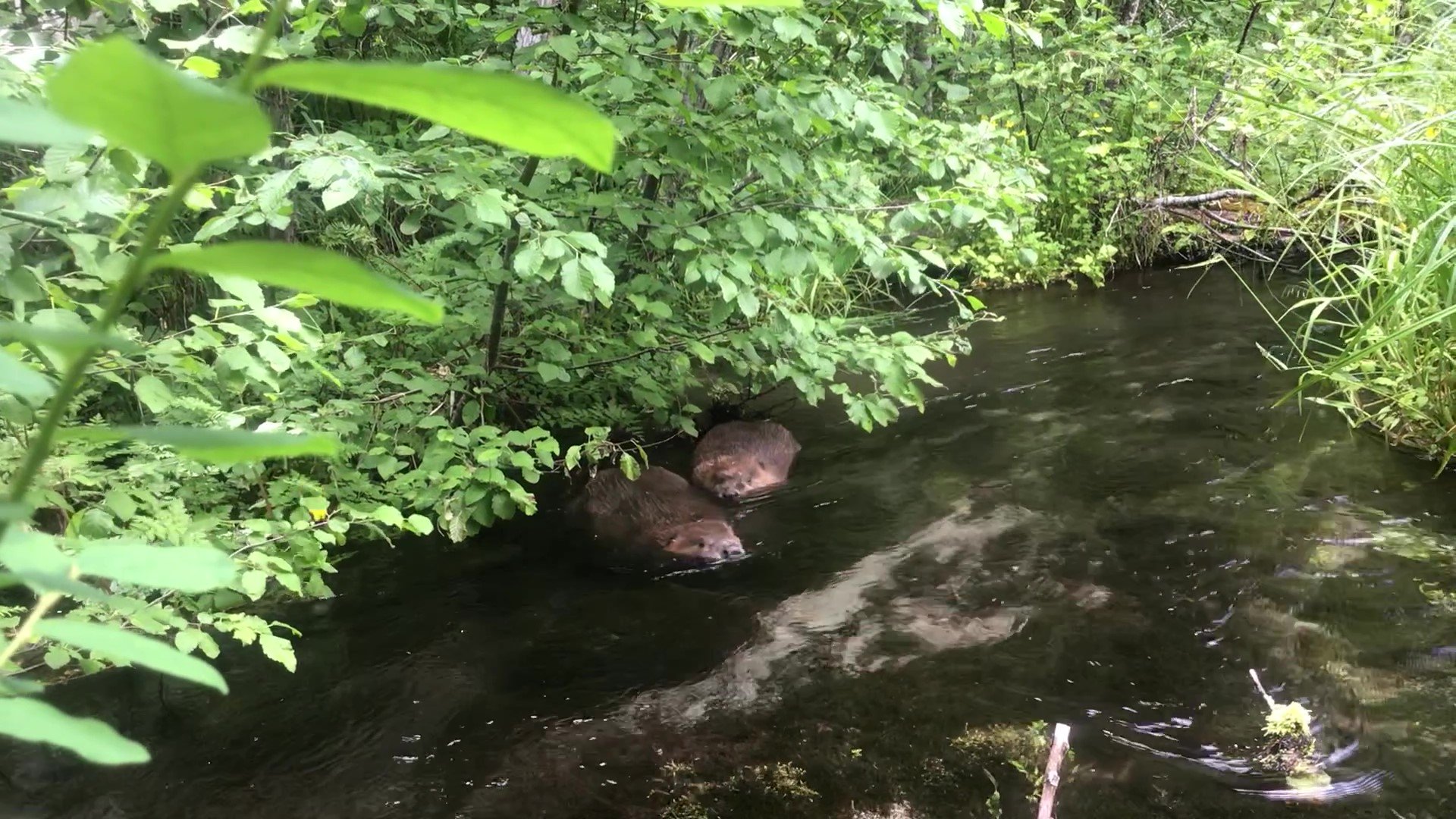
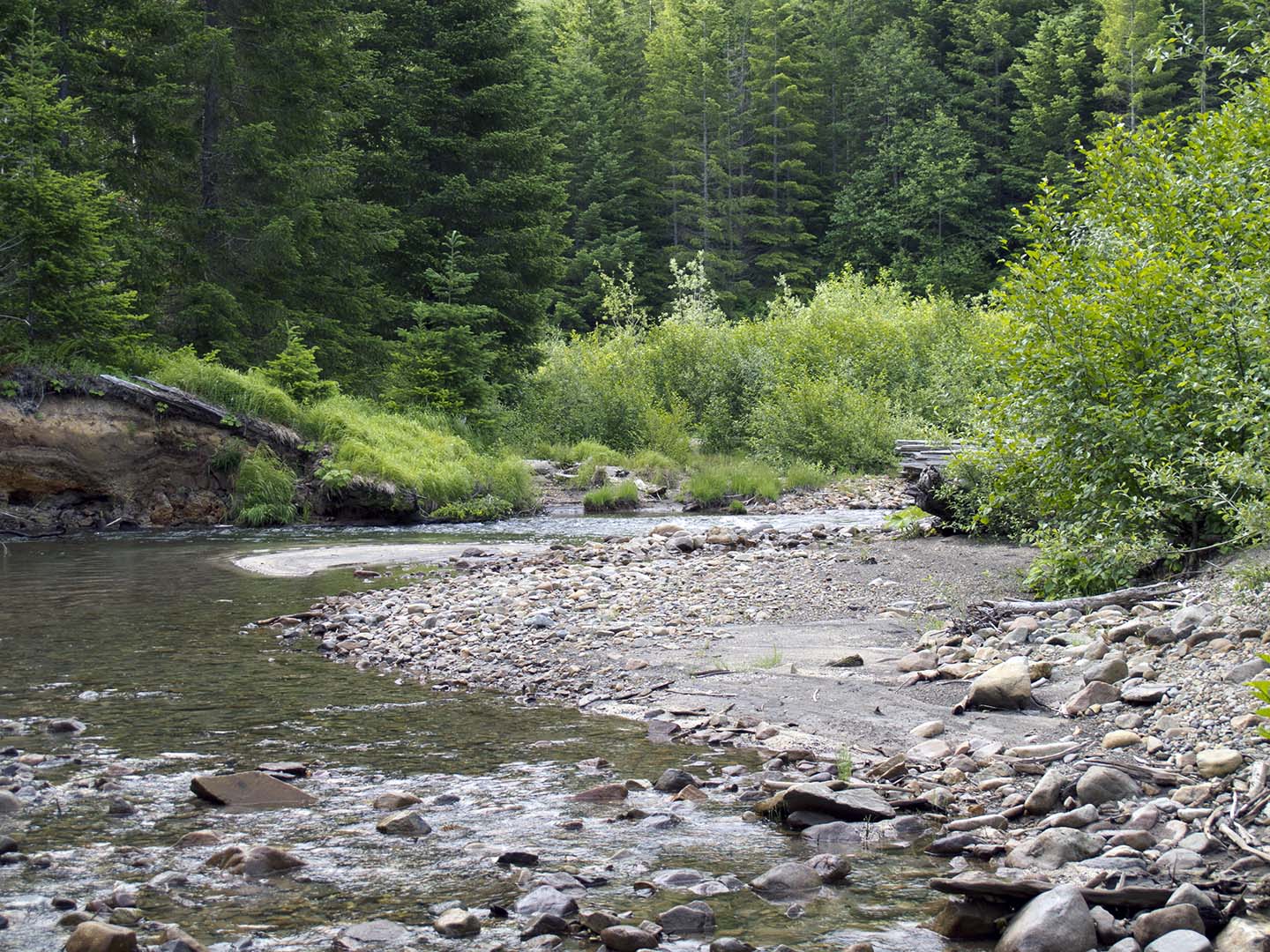
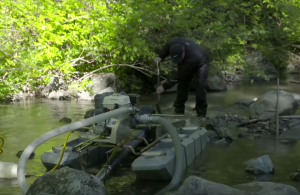
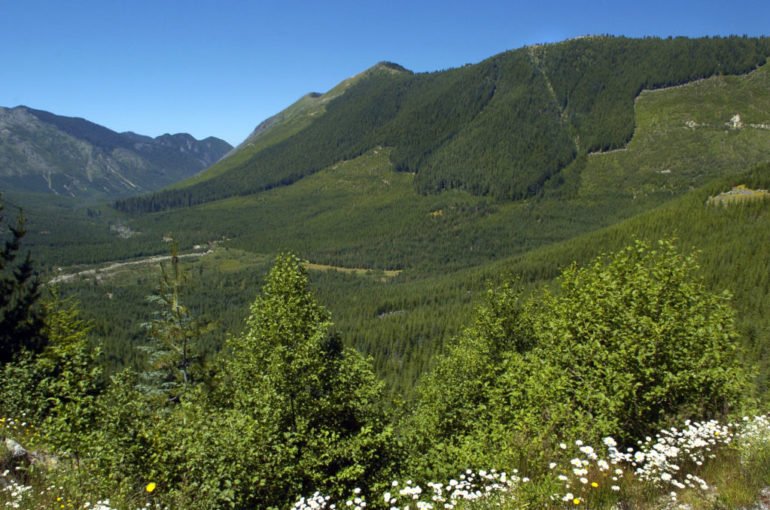

 extended the process through March 23 through “continuing resolutions” which provide temporary funding for federal agencies and avoid a government shutdown while Congress works through the appropriations process. This spending bill is large because it is an omnibus bill that combines the twelve funding areas.
extended the process through March 23 through “continuing resolutions” which provide temporary funding for federal agencies and avoid a government shutdown while Congress works through the appropriations process. This spending bill is large because it is an omnibus bill that combines the twelve funding areas.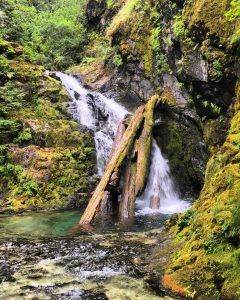
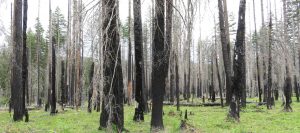
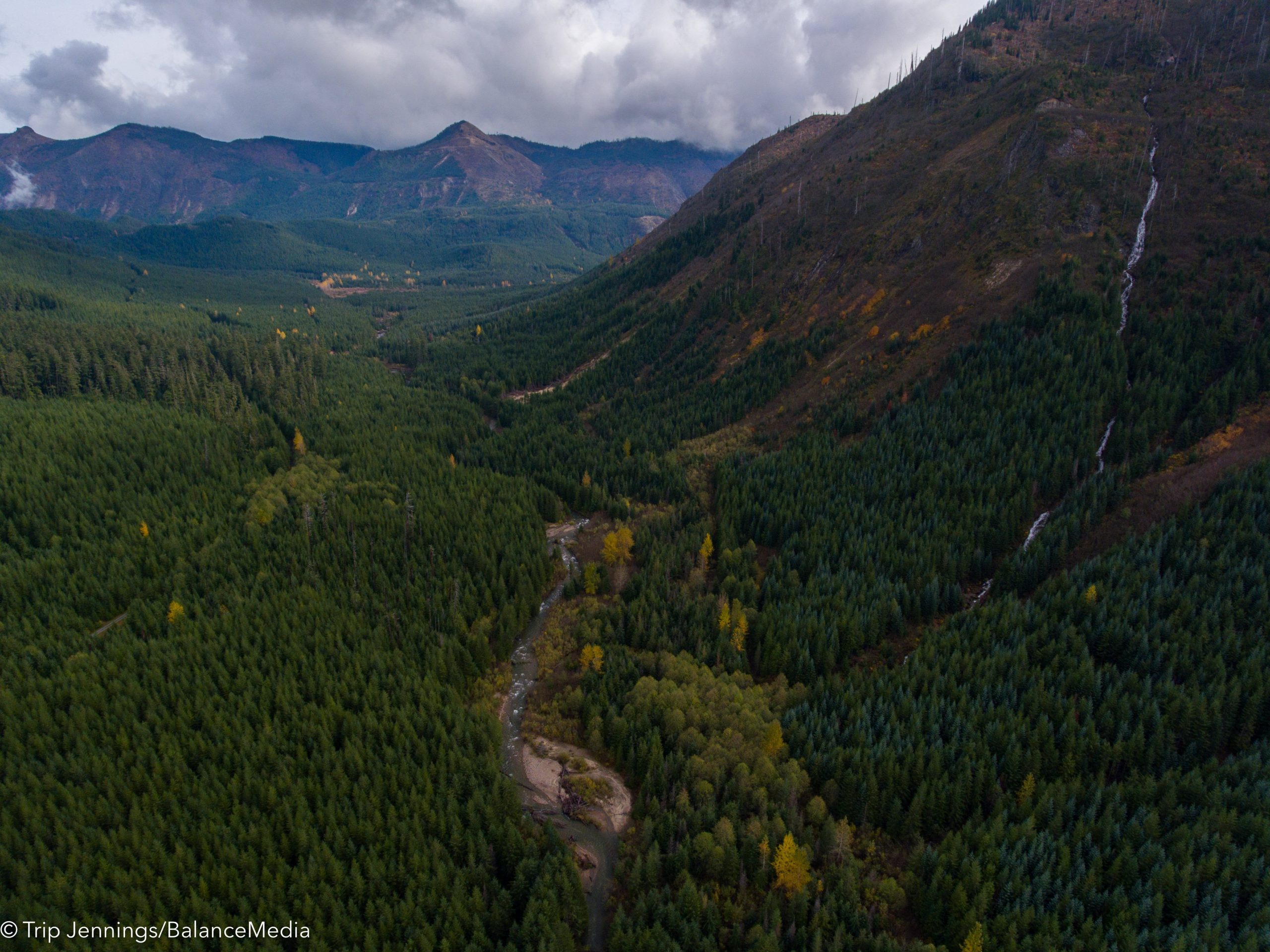
 Northwest Forest Plan
Northwest Forest Plan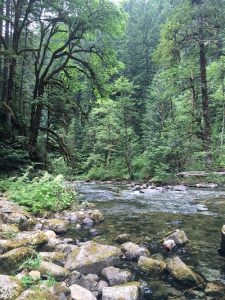 Mature forests, well on their way to developing old-growth characteristics, are at-risk in controversial clearcutting projects. Forests that are 80 years or older are often already developing the diversity needed to be valuable habitat and climate refugia. Logging these areas, if done at all, should focus on the development of old-growth characteristics. Commercial logging should focus on thinning plantations to improve diversity, as plantations offer little value for either habitat or carbon storage. Management of forests should look beyond their financial value for timber production and also consider their immense value in mitigating the costly impacts of climate change.
Mature forests, well on their way to developing old-growth characteristics, are at-risk in controversial clearcutting projects. Forests that are 80 years or older are often already developing the diversity needed to be valuable habitat and climate refugia. Logging these areas, if done at all, should focus on the development of old-growth characteristics. Commercial logging should focus on thinning plantations to improve diversity, as plantations offer little value for either habitat or carbon storage. Management of forests should look beyond their financial value for timber production and also consider their immense value in mitigating the costly impacts of climate change.